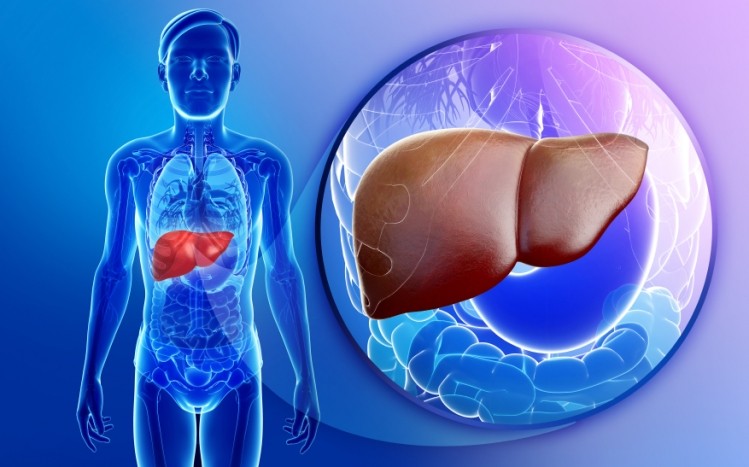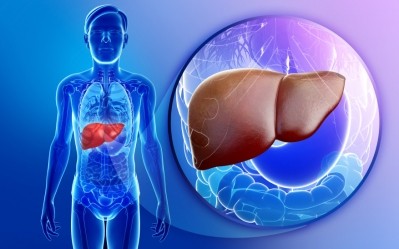Teen obesity a ‘significant predictor’ of liver disease in later life

The findings could serve as a starting point to identify individuals who have an increased risk for development of cirrhosis and severe liver disease later in life.
If current trends continue unabated, over two billion overweight and over one billion obese individuals will be counted worldwide by 2030.
Fatty liver occurs in 20–30% of the general adult population, and is strongly associated with obesity and type 2 diabetes.
Study findings

During the study duration of almost 40 years, 393 men were diagnosed with severe liver disease. Researchers found that the higher the BMI of each male subject, the higher the risk of developing severe liver disease.
This main finding was true even after adjusting for factors, including alcohol and tobacco. Nearly 3,000 (6.6%) men were overweight with a BMI equal to or greater than 25. Of these, 352 (0.8%) were obese with a BMI equal to or greater than 30.
Overall, the results showed a 64% increased risk for overweight men compared to men of low normal weight, or a 5% increased risk per per 1 kg/m2 increase in BMI.
“The current study suggests that the increased risk of a high BMI for the development of severe liver disease later in life is already present from an early age,” explained lead researcher Dr Hannes Hagström, of the Karolinska Institute, Stockholm, Sweden.
“It is possible that this increased risk is caused by a longer exposure to being overweight, compared to becoming overweight or obese later in life, and that individuals with a longer history of being overweight have an increased risk of severe liver disease.”
Study details
The team looked at records of close to 44,248 Swedish men who served in the military in their late teens between 1969 and 1970.
These men then underwent an extensive health examination and personal interviews, and filled out questionnaires on alcohol consumption, smoking, use of drugs and self-rated health.
Data that indicated cases of severe liver disease, defined as a diagnosis of decompensated liver disease, cirrhosis, or liver-related mortality later in life, were then collected from national registries to identify any diagnosis of severe liver disease up to the end of 2009.
The study is the first to show that being overweight in late adolescence is a significant risk factor for developing severe liver disease later in life for males.

Previous research in elder women has shown similar results, in which excess body weight appeared to increase the incidence of liver cirrhosis.
In addition, the results from this latest study are consistent with previous data that implicated obesity as a risk factor for death or hospitalisation from cirrhosis.
Commenting on the study in an accompanying editorial, Dr Vlad Ratziu of the Hôpital Pitié-Salpêtrière in Paris and Dr Giulio Marchesini of the Unit of Metabolic Diseases and Clinical Dietetics at Alma Mater University in Bologna, said that the type and magnitude of this risk needed further refinement.
“The recent European Non-alcoholic fatty liver disease (NAFLD) guidelines include obesity control as a priority to reduce the burden of NAFLD in the community, but obesity control does not depend on hepatologists,” they said.
“What is needed are strategies developed at the population level to control childhood and early adulthood obesity hoping that we can reduce the cumulative incidence of severe liver disease later into adulthood.”
Source: Journal of Hepatology
Published online ahead of print, doi.org/10.1016/j.jhep.2016.03.019
“Overweight in late adolescence predicts development of severe liver disease later in life: A 39 years follow-up study.”
Authors: Hannes Hagström et al.

























